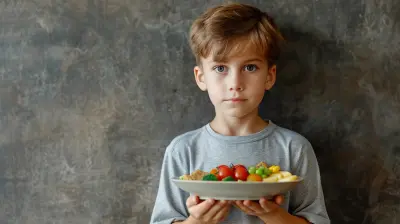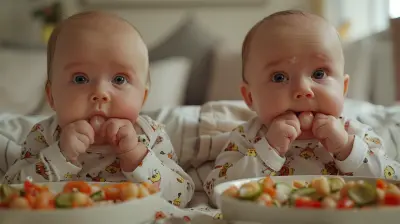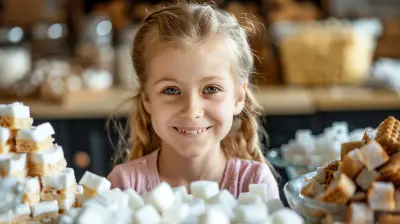Instilling Gratitude: Developing a Family Gratitude Routine
25 July 2025
Let’s be honest—between school drop-offs, quick dinners, and the ever-growing to-do lists, it's easy to get caught in the whirlwind of family life. Amidst the chaos, we often forget one simple but powerful thing—gratitude. It might not solve every problem, but practicing gratitude can absolutely transform the way your family connects and communicates.
Think of gratitude as the emotional superglue that keeps your family grounded and connected. It’s not just about saying “thank you” after someone passes the salt at dinner. It’s about developing a mindset that helps everyone appreciate the little joys and weather the bigger storms together.
So how do we make gratitude more than just a holiday buzzword? Simple: by creating a family gratitude routine.
Let’s dive in!
Why Gratitude Matters (Especially for Kids)
Gratitude is like a muscle—the more you exercise it, the stronger it gets.For kids, learning to be grateful helps with emotional regulation, empathy, and resilience. Studies even suggest that kids who regularly express gratitude are happier, more optimistic, and generally more pleasant to be around. Win-win, right?
But here’s the kicker—gratitude doesn’t come naturally to most little ones. Toddlers and teens alike often see the world through a “me, me, me” lens. That’s totally normal. It's our job as parents to gently help them expand their awareness from self-focus to appreciation.
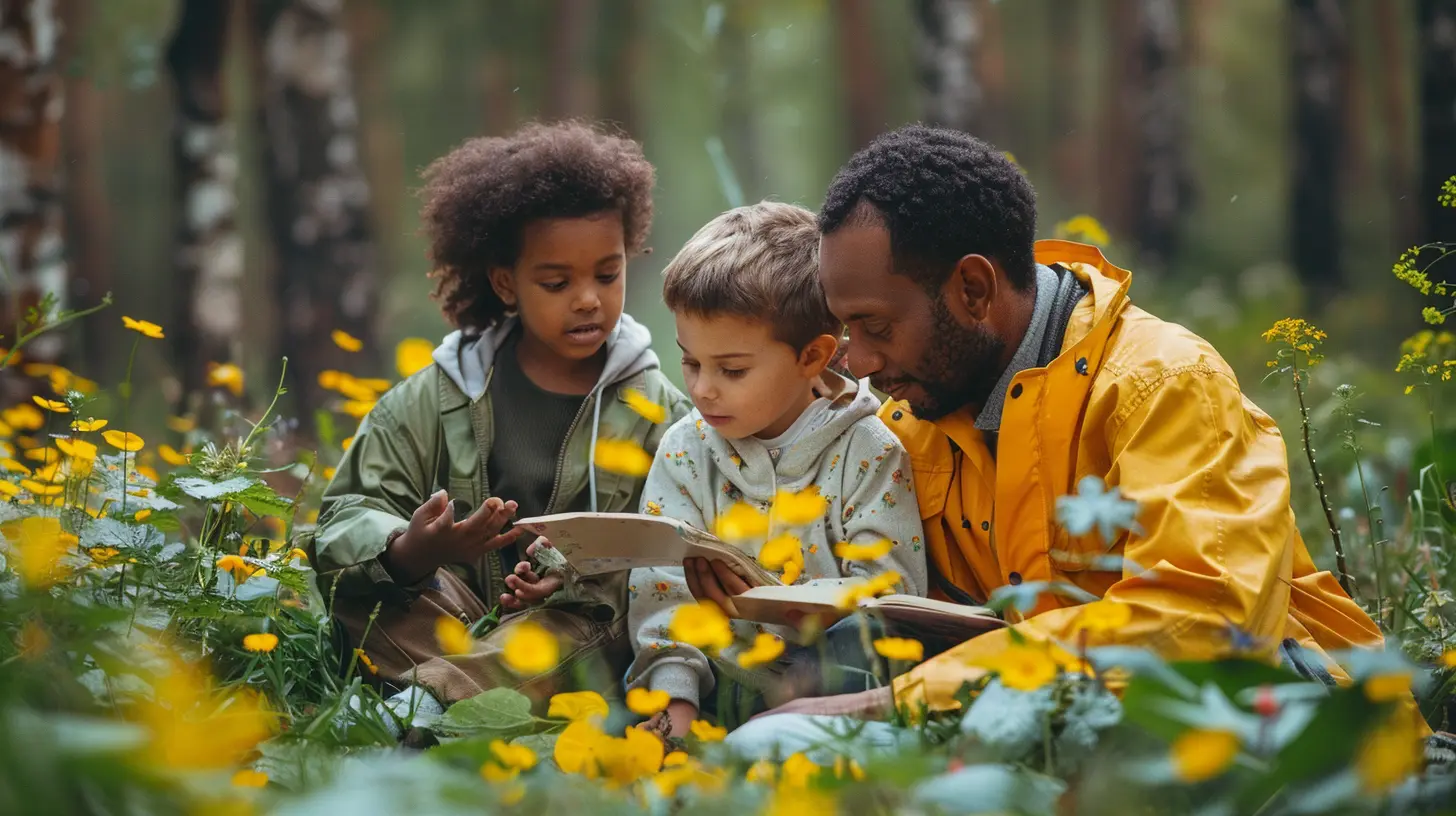
The Ripple Effect of a Grateful Home
When just one person in the family starts practicing gratitude, it subtly changes the atmosphere for everyone.Ever notice how your mood lifts when someone tells you how much they appreciate something you did? That feeling is contagious in the best way. When gratitude becomes a shared value, families bond on a deeper level.
Picture this: instead of ending the day with a complaint about homework or dishes, your child says, “I’m thankful for Mom’s spaghetti and Dad helping me with math.” That’s the power of a gratitude routine.
Creating a Family Gratitude Routine (That Actually Sticks)
Alright, now that we know the "why", let’s get to the "how". A gratitude routine shouldn't be another chore. It should feel natural, fun, and flexible. Here's how to get started.1. Timing is Everything
Pick a time that works for everyone. Maybe it's right before dinner, at bedtime, or during a car ride. The important part is consistency. You don’t need to block out 30 minutes—just a few minutes daily can make a huge difference.Pro Tip: Start small. Even once a week is better than never.
2. Keep It Age Appropriate (and Fun)
Younger kids might respond better to drawing pictures of what they're thankful for. Older kids and teens may prefer writing in a journal or sharing out loud.Make it fun! Turn it into a game, add songs, or let them create a gratitude jar (more on that in a bit).
3. Lead by Example
Kids watch us like hawks. If you’re scrolling through your phone during gratitude time or skipping your turn, guess what? They’ll probably do the same.Share your own gratitude sincerely. It doesn’t have to be deep or profound. A simple, “I’m grateful for this cozy blanket and a moment to rest,” goes a long way.
4. Normalize the Struggle
Not every day is sunshine and rainbows. And that’s okay.Teach your children that even on bad days, there’s usually something to be thankful for—a warm meal, a hug, or even just making it through.
When gratitude becomes a skill used during tough times, that’s when it really works its magic.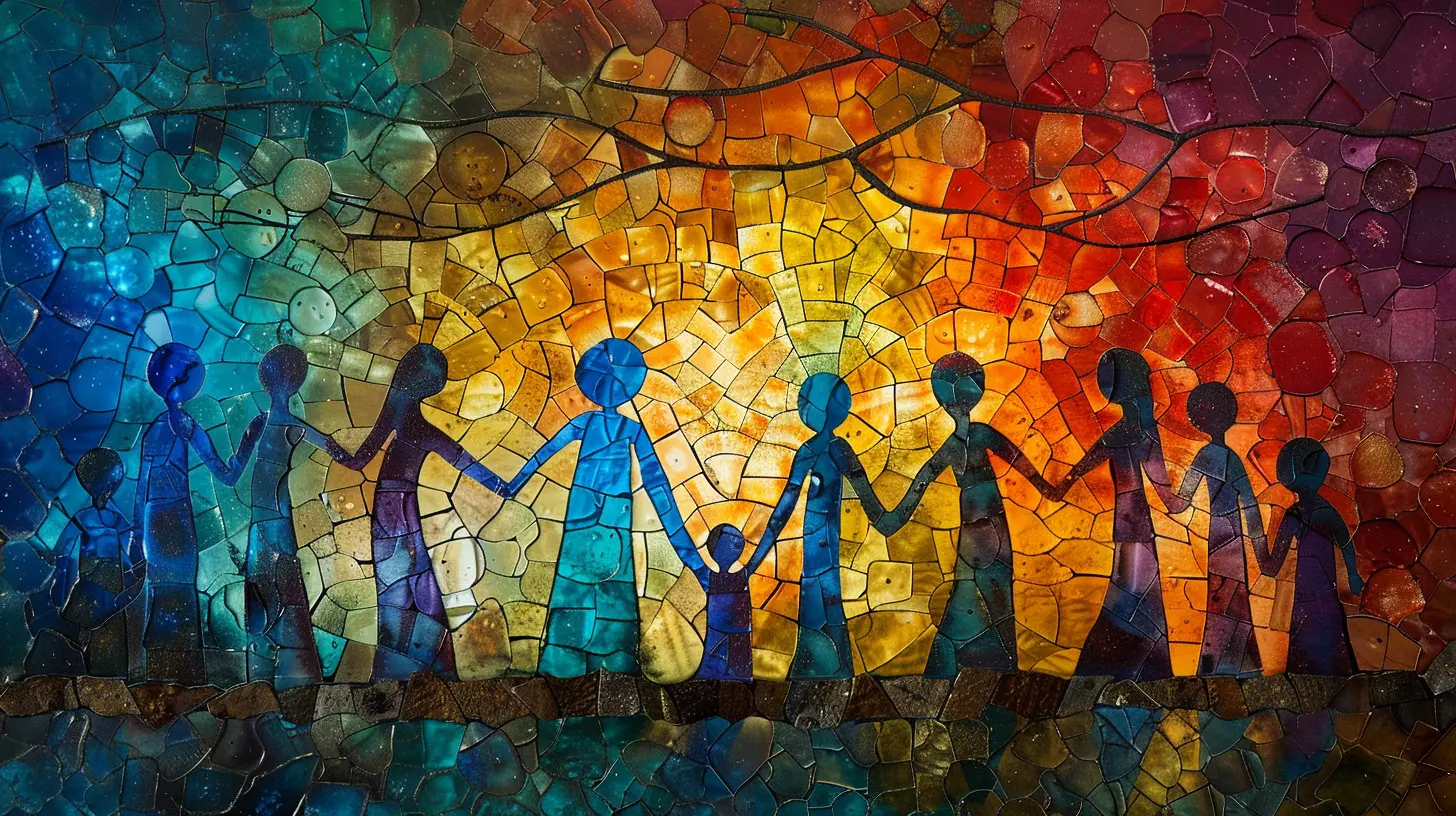
8 Simple and Sweet Gratitude Ideas for Families
Stuck on where to start? Here are a few tried-and-true activities that can help your family start flexing that gratitude muscle:1. Gratitude Jar
Grab an empty jar, some colorful paper, and pens. Every day or week, each family member writes one thing they’re thankful for and drops it in the jar. Read them aloud once a month or on special occasions.It’s like collecting emotional treasure!
2. “Thankful Three” at Dinner
Go around the table at dinner and have each person name three things they’re grateful for. They can be serious or silly, big or small.Sharing a laugh or a meaningful moment during dinner? That’s family magic right there.
3. Gratitude Journals
Give everyone in the family their own gratitude notebook. Even little ones can draw pictures of what they’re feeling thankful for.Journaling isn’t just for adults—it helps kids process emotions and learn mindfulness, too.
4. Appreciation Board
Designate a wall or chalkboard in your house where anyone can write notes of appreciation to each other. Think Post-its, doodles, or quick shout-outs.Imagine your child reading, “Thanks for helping me clean up!” after a long day. Cue the warm fuzzies.
5. Gratitude Walks
Take a slow family walk and point out things you're thankful for. The sunshine, the blooming flowers, the neighbor’s overly enthusiastic dog—nothing is too small.It’s grounding and calming for everyone.
6. Bedtime Reflections
As you tuck your child in, ask them what made them smile today. What are they grateful for tonight?Not only is it a calming nightcap, but it also primes them for sweet dreams and positive thinking.
7. Acts of Kindness
Gratitude and kindness go hand in hand. Encourage your kids to write thank-you notes, hold the door open, or help a sibling clean up.When we show gratitude through actions, it becomes part of who we are.
8. Gratitude Tree
Create a tree on a bulletin board or wall. Add leaves with things your family is grateful for. Watch it bloom over time—it’s a beautiful visual representation of your growing appreciation.Overcoming Common Challenges
Okay, real talk—some days, your gratitude routine might flop. That’s normal.Here’s how to get through the bumps:
“My Kids Think It’s Boring”
Try switching things up. Add music, rewards, or games. Let THEM lead the gratitude activity one day a week. Giving them ownership can reignite enthusiasm.“We Keep Forgetting”
Habit-forming takes patience. Set a reminder on your phone, stick a note on the fridge, or add it to your calendar.It’s like brushing teeth—if you miss one day, don’t quit entirely. Just pick it back up.
“My Teen Doesn’t Want to Participate”
Teens crave autonomy. Instead of pushing, invite. Share your own gratitude and make space for them to join on their own terms.Sometimes they’re listening even when they’re pretending not to.
The Long-Term Payoff
In the beginning, this might feel like just another thing on your parenting checklist. But over time, a family gratitude routine lays down emotional roots.When your child learns to find beauty in the mundane, to say “thank you” with sincerity, and to reflect instead of react—they’re not just growing. They’re thriving.
And you know what? So are you.
Gratitude helps us all slow down just enough to appreciate each other a little more. In a world that’s constantly asking us to rush, that’s a priceless gift.
Wrapping It All Up
So, is instilling gratitude as a family worth the extra few minutes a day?Absolutely.
It’s not about perfection—it’s about presence. Making gratitude a habit teaches your kids to look for joy, find calm in chaos, and build positive relationships. And best of all? It connects your family in a way that’s real, warm, and lasting.
Start small. Make it fun. Be consistent. And watch how something so simple can change everything.
Let me ask you—what are YOU most grateful for today?
all images in this post were generated using AI tools
Category:
Family LifeAuthor:

Liam Huffman
Discussion
rate this article
1 comments
Amos Ramirez
This article offers such valuable insights! I love the idea of a family gratitude routine to foster appreciation in our kids. I’m curious about how different families adapt these practices. What unique traditions have you found effective in cultivating gratitude within your own family?
August 5, 2025 at 4:01 PM

Liam Huffman
Thank you for your kind words! Families often adapt gratitude routines in unique ways, such as sharing daily or weekly gratitude journals, creating a gratitude jar, or establishing a special gratitude meal where everyone shares what they’re thankful for. I'd love to hear more about your experiences too!
